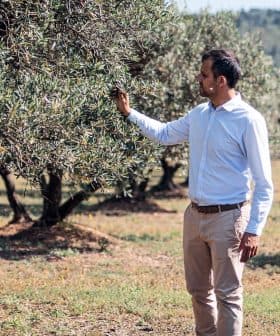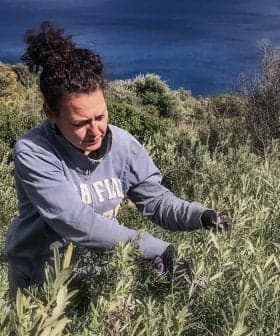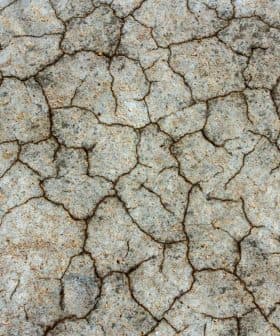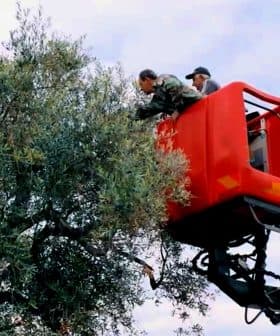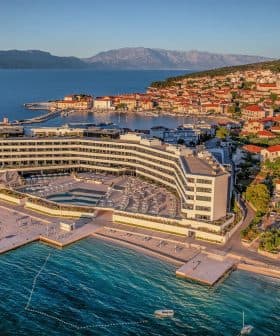Slovenian Producers Expect Low Harvest Due to Extreme Weather, Off-Year
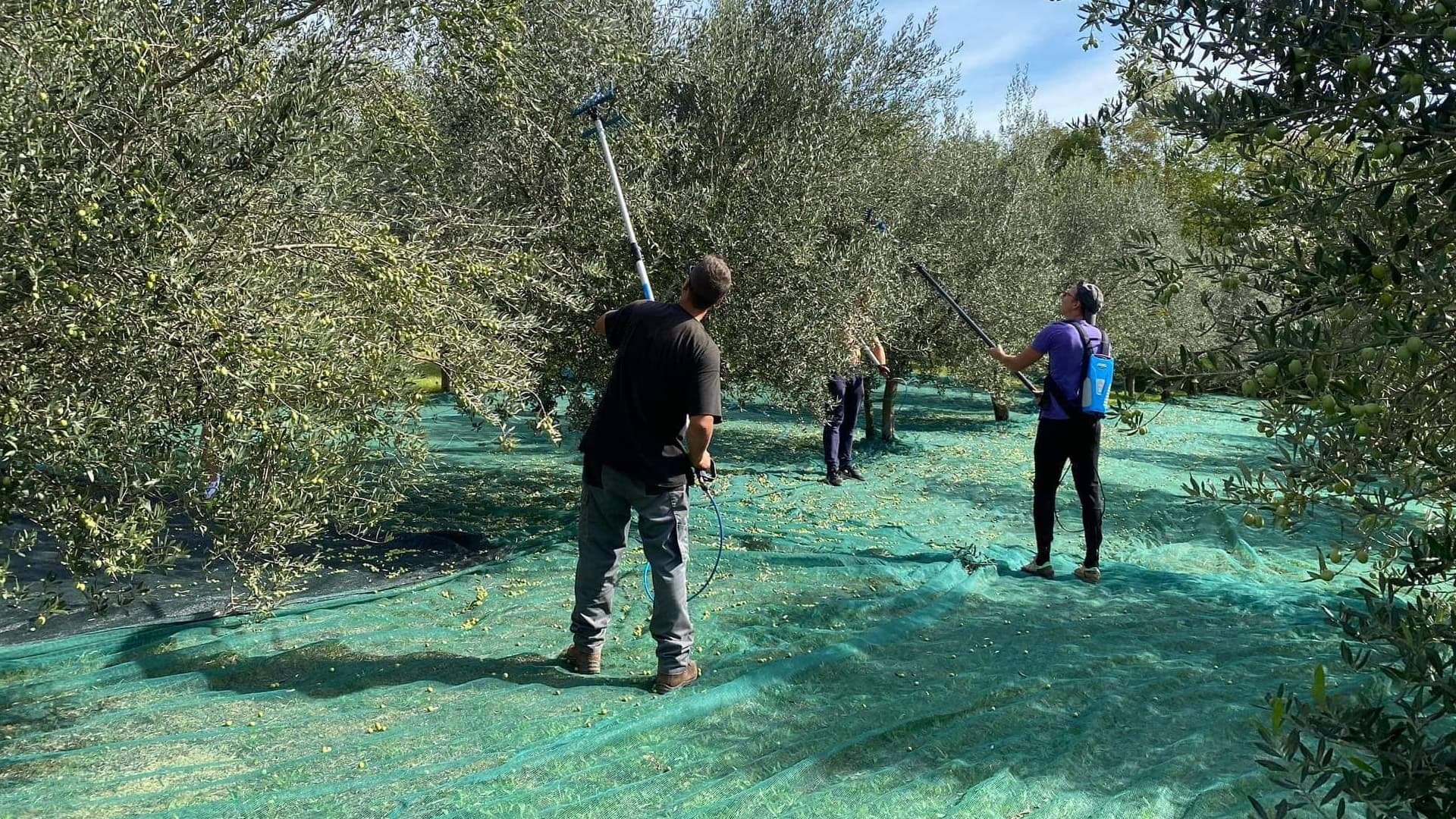
Olive growers in the eastern Slovenian region of Primorska are preparing for a less optimistic harvest season due to significantly fewer fruits. Despite the challenges, some producers like Ekološka Kmetija Ronkaldo anticipate a high-quality harvest and are implementing strategies such as early picking to ensure the best possible outcome.
The olive harvest is about to begin in Primorska, the eastern Slovenian region stretching from the foot of the Julian Alps to the Adriatic Sea.
Expectations differ from producer to producer, but none are very optimistic. “The fruits are healthy, but there are significantly fewer,” Martin Adamič, the manager of Ekološka Kmetija Ronkaldo, told Olive Oil Times.
Last year’s extreme drought and large harvest exhausted the olive trees, so they were not able to grow new branches.
As a result, he anticipates a high-quality harvest from his grove comprising 800 trees, mostly the local Istrian Bjelica variety. “Last year, we got 14 tons of extra virgin olive oil, and we will see how it will be this year,” he said.
“I wouldn’t have anything against a repeat of last year’s harvest and fruit quality,” added Miran Adamič, Martin’s father.
See Also:2023 Harvest UpdatesDespite the prolonged drought, last year’s harvest was quite good due to abundant rain at the end of September, which helped the olives recover. “There were no diseases or pests, so we harvested beautiful, flawless olives,” Martin Adamič said.
According to the International Olive Council, Slovenia produced 700 tons of olive oil in the 2022/23 crop year, slightly exceeding the five-year average of 620 tons.
Once again, the father and son team is preparing for an early harvest, one of their secrets for producing award-winning extra virgin olive oil.
“An early harvest and the shortest possible time from picking to milling are the first steps,” Adamič said. “We picked our Istrian bjelica in mid-October and milled them the same day at the Santomas mill in Šmarje. We stored the oil properly, transferred it into appropriate glass bottles on time, and that’s it.”
Unlike the previous crop year, Adamič said there was plenty of rain, hail and even some winter snow in the northernmost parts of Primorska. However, this brought benefits and drawbacks.
“Heavy rains during the flowering and fertilization caused significant damage,” Adamič said. “There are significantly fewer fruits. Instead of 14 tons of oil from last year’s harvest, we hope to get at least half from the next one. So, about seven tons.”
Most of the other olive groves in Slovenia will fare even worse. However, estimating what this year’s crop will be is generally tricky. According to Maja Podgornik, an olive-growing research associate at the Institute for Social Studies in Koper, the largest city in Primorska, each location has its microclimate, and this year’s extreme weather conditions did not affect the entire region.
“On some trees, the crop is normal, and on others, right next to them, there is nothing,” said Teja Hladnik, an olive-growing specialist at the Koper Agricultural Advisory Service.
In July, browning and dropping of fruits occurred in some locations due to damage from pests and other environmental factors linked to the prolonged drought that ended last year.
“The loss is up to 80 percent,” said Jadran Jakončič, who has groves in Primorski Brdi.
Igor Novak has plantations in Škofija and Ankaran and said that in some places, there was no flowering or fertilization at all.
“However, where it was lush, the fruits began to fall off en masse,” he said. “Trees with 30 kilograms of olives earlier in the year now have only a few olives.”
Podgornik said nature has not been kind to olive trees in the last three years. “They are faced with extreme events. In 2021, there was a severe spring frost, then last year’s drought, the most severe in the last 500 years,” she noted. Meanwhile, this July, Slovenia experienced record-high temperatures.
The reasons for this year’s poor harvest are unknown, so olive growers can only speculate about the role of disease or pests.
However, Vanja Dujc, an olive grower, said the answer may be straightforward. “The olives simply wanted to rest after last year’s strong harvest, just as we humans like to rest,” he said, referring to the natural alternate bearing cycle of the olive tree.
Miran Adamič agrees. “Last year’s extreme drought and large harvest exhausted the olive trees, so they were not able to grow new branches, and that is the reason for the lower yield this year,” he said



